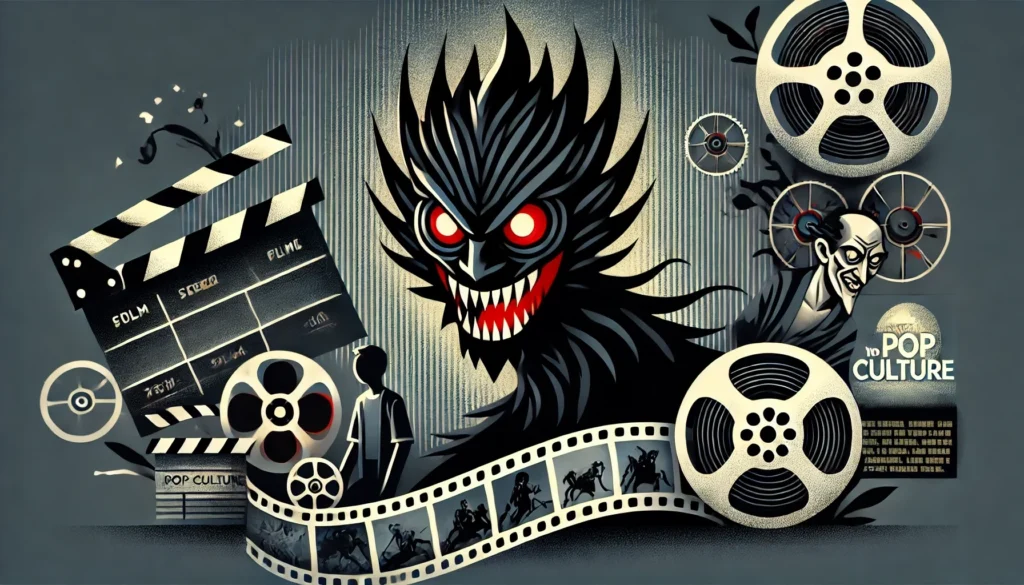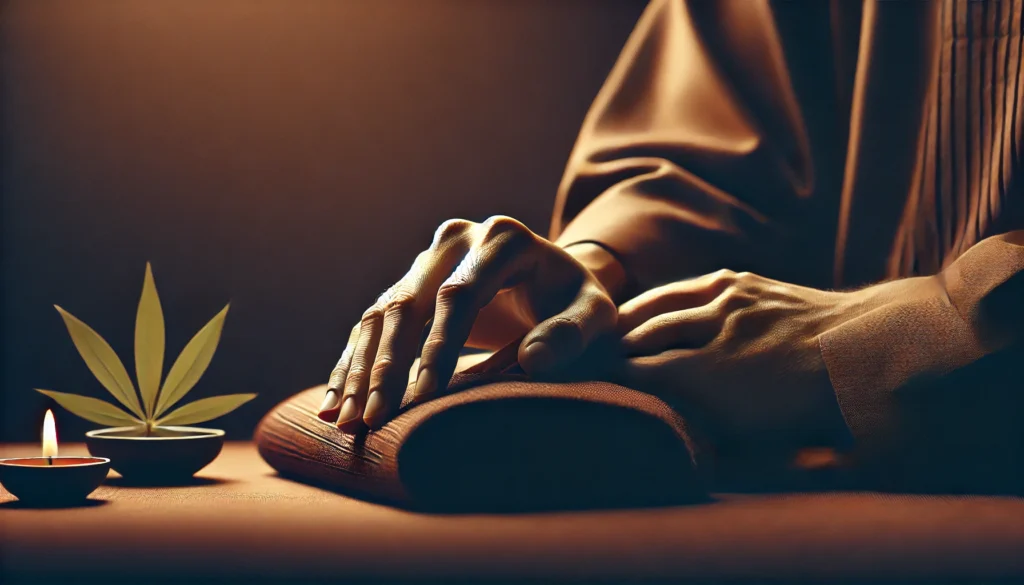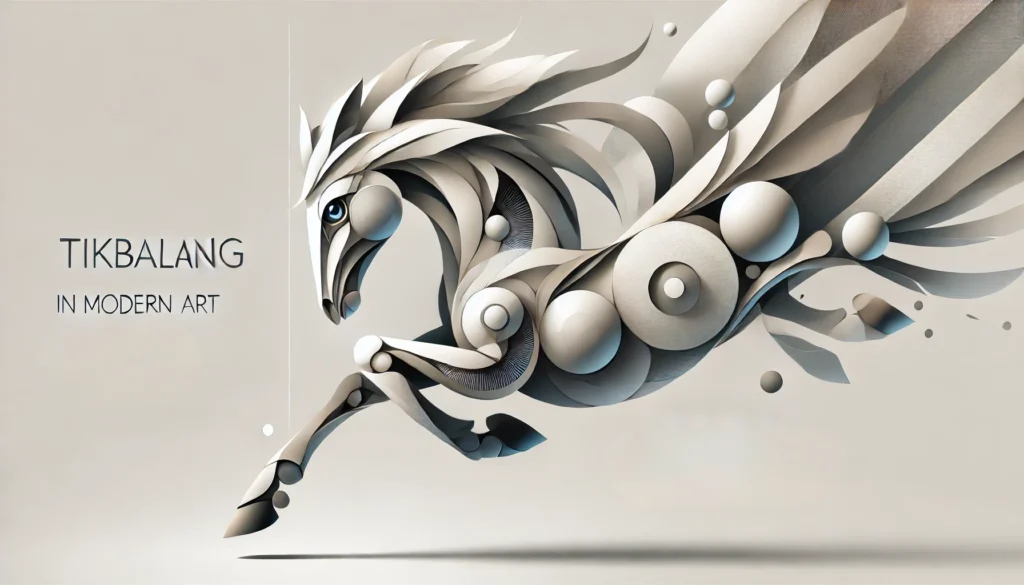Growing up in the Philippines, I was always fascinated by the rich tapestry of folklore and mythology that permeated our culture. Among the myriad of supernatural creatures that populated our bedtime stories and cautionary tales, one stood out as particularly terrifying and captivating: the aswang. These shape-shifting, blood-sucking creatures have haunted the Filipino imagination for centuries, and in recent decades, they’ve made quite a splash in pop culture. From spine-chilling films to gripping comic books, the aswang has proven to be a versatile and enduring figure in entertainment. Join me as we explore the journey of these mythical monsters from local legends to global pop culture phenomena.
The Aswang: A Brief Introduction
Before we dive into the world of pop culture, let’s take a moment to understand what exactly an aswang is. In Filipino folklore, aswangs are shapeshifters with a taste for human flesh and blood. They’re often depicted as beautiful women by day who transform into hideous, bat-like creatures at night. These monsters are known for their ability to separate their upper and lower bodies, using their elongated tongues to suck the blood of unsuspecting victims, particularly pregnant women and unborn fetuses.
The concept of the aswang varies slightly from region to region in the Philippines, but their core characteristics remain largely the same. They’re feared for their stealth, cunning, and insatiable hunger for human flesh. It’s no wonder that these creatures have captured the imagination of storytellers and artists across various mediums.
Aswangs on the Silver Screen
Early Appearances
The aswang made its cinematic debut long before the age of CGI and special effects. In fact, one of the earliest known films featuring an aswang was the 1933 Filipino movie “Ang Aswang” (The Aswang). Unfortunately, like many films from that era, it has been lost to time. However, this early appearance set the stage for what would become a staple of Filipino horror cinema.
Throughout the 1950s and 1960s, aswangs continued to make sporadic appearances in Filipino films. These early depictions often relied on practical effects and makeup to bring the creatures to life, resulting in some truly nightmarish visuals that still hold up today. The 1958 film “Kainan sa Puso” (Feast of the Heart) and the 1963 movie “Dugo ng Vampira” (Blood of the Vampire) are notable examples from this period, showcasing the aswang’s ability to terrify audiences even with limited special effects.
The Golden Age of Aswang Films
The 1970s and 1980s saw a boom in aswang-themed movies, coinciding with the rise of exploitation cinema worldwide. Filmmakers began to explore the aswang mythology in more depth, often blending traditional folklore with modern storytelling techniques. This period gave us some of the most iconic aswang films, including:
- “Ibulong Mo sa Hangin” (1966) – A classic tale of an aswang terrorizing a small village.
- “Gatin” (1978) – A unique take on the aswang legend, focusing on the creature’s origins.
- “Aswang” (1992) – Directed by Peque Gallaga and Lore Reyes, this film is often considered one of the best aswang movies ever made.
These films not only entertained audiences but also helped solidify the aswang’s place in Filipino pop culture. They explored themes of good versus evil, tradition versus modernity, and the consequences of tampering with the supernatural.
Modern Interpretations
As we entered the 21st century, filmmakers began to approach the aswang legend with fresh perspectives. The 2004 film “Sigaw” (The Echo), directed by Yam Laranas, offered a unique twist on the aswang mythos by setting it in an urban environment. This film was later remade for American audiences as “The Echo” in 2008, introducing the aswang to a global audience.
Another notable modern interpretation is Erik Matti’s “Tiktik: The Aswang Chronicles” (2012) and its sequel “Kubot: The Aswang Chronicles 2” (2014). These films blend action, comedy, and horror to create a fresh take on the aswang legend, using state-of-the-art special effects to bring the creatures to life in ways that were previously impossible.
Here’s a table summarizing some of the most significant aswang films up to 2016:
| Year | Title | Director | Notable Features |
|---|---|---|---|
| 1933 | Ang Aswang | Unknown | First known aswang film (lost) |
| 1958 | Kainan sa Puso | Unknown | Early depiction of aswang in cinema |
| 1963 | Dugo ng Vampira | Unknown | Blends vampire and aswang lore |
| 1966 | Ibulong Mo sa Hangin | Gerardo de Leon | Classic aswang tale |
| 1978 | Gatin | Unknown | Explores aswang origins |
| 1992 | Aswang | Peque Gallaga, Lore Reyes | Considered one of the best aswang films |
| 2004 | Sigaw | Yam Laranas | Urban setting for aswang story |
| 2012 | Tiktik: The Aswang Chronicles | Erik Matti | Modern action-horror take on aswangs |
| 2014 | Kubot: The Aswang Chronicles 2 | Erik Matti | Sequel with improved special effects |
Aswangs in Television
Local Filipino Shows
While aswangs have been a staple of Filipino cinema for decades, they’ve also made their mark on the small screen. Local television shows have frequently incorporated aswangs into their storylines, often as part of anthology series or supernatural dramas. One of the most popular shows to feature aswangs was “Shake, Rattle & Roll,” a long-running horror anthology series that began as a film franchise in 1984 and later transitioned to television. The show frequently featured episodes centered around aswangs and other creatures from Filipino folklore.
Another notable television appearance of aswangs was in the 2005 series “Kampanerang Kuba” (The Hunchbacked Bell Ringer). This show, while primarily a fantasy-drama, incorporated elements of aswang lore into its storyline, showcasing how these creatures can be woven into more complex narratives beyond simple horror stories.
International Recognition
The aswang’s reach has extended beyond Philippine borders, making appearances in international television shows as well. One of the most notable examples is the American supernatural drama series “Grimm.” In the episode “Mommy Dearest” (Season 3, Episode 14), which aired in 2014, the show introduced a creature called the “Aswang,” clearly inspired by Filipino folklore. While the depiction took some liberties with the traditional myth, it nonetheless brought the concept of the aswang to a global audience.
This international exposure has helped to spark interest in Filipino folklore among viewers worldwide, leading to increased curiosity about other mythical creatures from the Philippines.
Aswangs in Literature and Comics
Early Literary Appearances
Aswangs have been a part of Filipino literature for centuries, appearing in folk tales, short stories, and novels. One of the earliest known written accounts of aswangs can be found in the 16th-century document “Boxer Codex,” which describes various peoples and creatures of the Philippines and neighboring regions.
In modern literature, aswangs have been featured in countless works by Filipino authors. Notable examples include:
- “The Aswang Inquiry” by Gilda Cordero-Fernando (1975) – A collection of short stories that explore various aspects of aswang lore.
- “Aswang: A Journey into Myth” by Kidlat Tahimik (2003) – A non-fiction book that delves into the cultural significance of aswang beliefs.
These literary works have helped to preserve and evolve the aswang mythology, ensuring its relevance in contemporary Filipino culture.
Comic Book Adaptations
The visual nature of comic books makes them an ideal medium for depicting the terrifying transformations and gruesome acts associated with aswangs. Filipino comic books, known locally as “komiks,” have embraced the aswang as a recurring character in horror and supernatural stories.
One of the most famous aswang-related comic series is “Trese” by Budjette Tan and Kajo Baldisimo. First published in 2005, “Trese” follows the adventures of Alexandra Trese, a detective who specializes in supernatural cases in a version of Manila where mythical creatures, including aswangs, coexist with humans. The series has gained international recognition and was even adapted into an anime series by Netflix in 2021 (though this adaptation falls outside our 2016 cutoff).
Another notable comic book featuring aswangs is “Ella Arcangel” by Julius Villanueva. This series, which began in 2016, blends Filipino folklore with urban fantasy, creating a unique world where aswangs and other mythical creatures inhabit the slums of Metro Manila.
Here’s a table summarizing some key literary and comic book works featuring aswangs up to 2016:
| Year | Title | Author/Creator | Medium | Notable Features |
|---|---|---|---|---|
| 16th century | Boxer Codex | Unknown | Historical Document | Early written account of aswangs |
| 1975 | The Aswang Inquiry | Gilda Cordero-Fernando | Short Story Collection | Explores various aspects of aswang lore |
| 2003 | Aswang: A Journey into Myth | Kidlat Tahimik | Non-fiction Book | Cultural analysis of aswang beliefs |
| 2005-present | Trese | Budjette Tan, Kajo Baldisimo | Comic Book Series | Urban fantasy featuring aswangs and other creatures |
| 2016 | Ella Arcangel | Julius Villanueva | Comic Book Series | Blends folklore with social commentary |
The Global Appeal of Aswangs
Cultural Exchange
The spread of aswang lore beyond the Philippines can be attributed to several factors. First and foremost is the large Filipino diaspora, with millions of Filipinos living and working abroad. As they share their culture with their new communities, stories of aswangs naturally become part of that cultural exchange.
Additionally, the increasing global interest in diverse mythologies and folklore has led to greater exposure for creatures like the aswang. As audiences tire of the same old vampires and werewolves, storytellers are turning to lesser-known mythological beings to breathe new life into the horror and fantasy genres.
Aswangs in Video Games
The interactive nature of video games provides a unique platform for exploring aswang mythology. While not as prevalent as in other media, aswangs have made appearances in several video games, both in the Philippines and internationally.
One notable example is the mobile game “Nightfall: Escape” (2016), developed by Filipino studio Zeenoh Games. This horror-adventure game incorporates various creatures from Filipino folklore, including aswangs, into its gameplay and storyline.
Academic Interest
The popularity of aswangs in pop culture has also sparked academic interest in the subject. Anthropologists, folklorists, and cultural studies scholars have begun to examine the role of aswang beliefs in Filipino society, as well as their evolution in modern media. This academic attention further legitimizes the aswang as a subject worthy of serious study and artistic exploration.
The Future of Aswangs in Pop Culture
As we look beyond 2016, it’s clear that the aswang’s journey through pop culture is far from over. With the rise of streaming platforms and increased global interest in diverse storytelling, we can expect to see even more aswang-related content in the future. The challenge for creators will be to balance respect for the original folklore with the need to innovate and appeal to modern audiences.
One potential avenue for future aswang stories is the exploration of their place in a rapidly modernizing world. How do these ancient creatures adapt to urban environments? How do traditional beliefs about aswangs intersect with contemporary issues like environmental destruction or social inequality? These questions offer rich storytelling possibilities that future films, TV shows, and books may explore.
The Enduring Legacy of the Aswang
From its roots in ancient Filipino folklore to its current status as a pop culture icon, the aswang has come a long way. Its journey through films, television, literature, and comics showcases the enduring power of mythology to captivate and terrify audiences across generations and cultures.
What makes the aswang so compelling? Perhaps it’s the creature’s ability to blend in with human society, tapping into our primal fears of the unknown lurking among us. Or maybe it’s the aswang’s connection to deep-seated cultural beliefs and traditions that gives it such resonance. Whatever the reason, one thing is clear: the aswang has secured its place in the pantheon of legendary monsters, and its influence on pop culture is likely to continue for years to come.
As we’ve seen, the aswang is more than just a scary story – it’s a window into Filipino culture, a vehicle for social commentary, and a testament to the power of storytelling. Whether you’re a lifelong fan of Filipino folklore or a newcomer curious about these fascinating creatures, the world of aswangs in pop culture offers something for everyone. So the next time you’re looking for a good scare or an intriguing cultural exploration, why not dive into the thrilling world of aswang lore? You might just find yourself looking over your shoulder the next time you’re out after dark, wondering if that beautiful stranger might be hiding a terrifying secret.
Disclaimer: This article is based on information available up to 2016. While every effort has been made to ensure accuracy, some details may have changed since then. If you notice any inaccuracies, please report them so we can correct them promptly. The depictions of aswangs in pop culture often take creative liberties with traditional folklore, and this article does not endorse any particular interpretation of aswang mythology.




